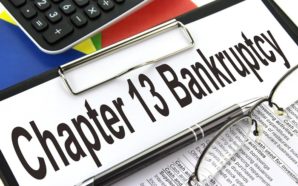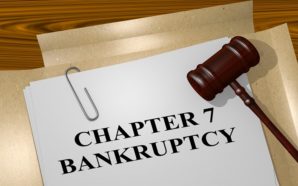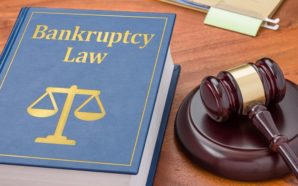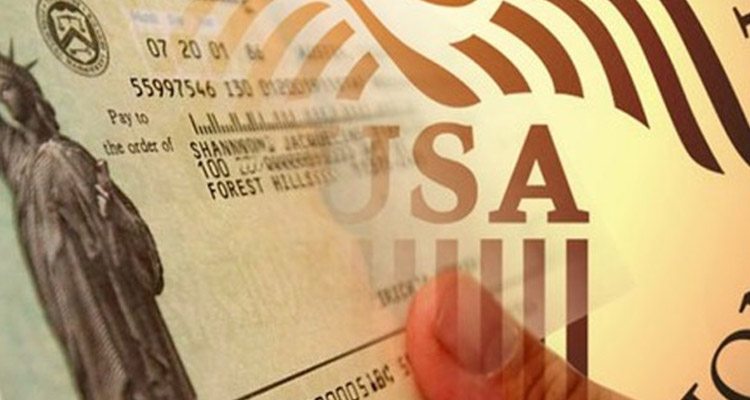Bankruptcy Law and Types of Bankruptcy Proceedings
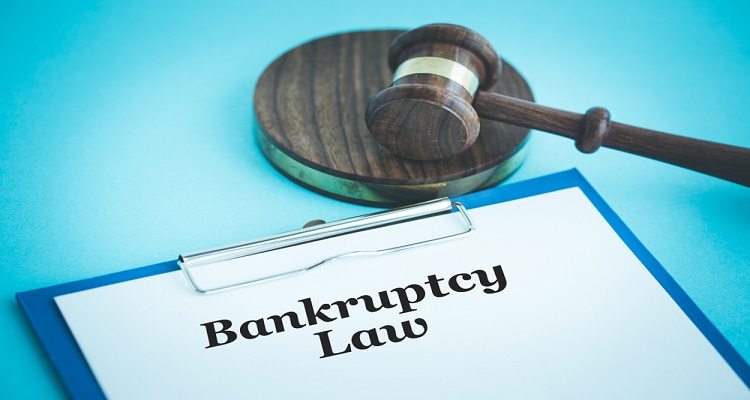
The current bankruptcy law was created under Article 1, Section 8 of the US Constitution. All bankruptcy cases are handled by federal bankruptcy courts according to the bankruptcy law outlined in the US Bankruptcy Code.
While individual states of the US cannot regulate bankruptcy, they can pass laws that control other aspects of the debtor-creditor relationship. Some of these state laws are outlined in the various section of Title 11 (the US Bankruptcy Code).
What is Bankruptcy Law?
Bankruptcy is a legal procedure that can be initiated either by an individual or an organization. It provides the debtor who is unable to pay his or her debts help to develop a plan to resolve his or her debts. This can be done through the discharge and/or re-organization of debts as ordered by the federal courts. The payment of debts is supervised by a court appointed bankruptcy trustee.
As a rule, any bankruptcy related claim must be filed at the US Bankruptcy Courts.

Types of Bankruptcy Proceedings
There following are the types of bankruptcy proceedings that are covered under Bankruptcy Law:
This type of proceeding is for individuals and not businesses or corporations. This type of bankruptcy is also called “straight” or “liquidation” bankruptcy. As the name suggests, under Chapter 7, most of the debtor’s assets are sold and the money from the sale are used to pay off creditors. Chapter 7 bankruptcy law provides for the discharge of unsecured debt, the most common one being credit card debt.
Chapter 9 is filed by municipalities such as villages, towns, cities as well as municipal utilities and districts (taxing and school) that need help with reorganizing their debts. Since municipalities cannot liquidate their assets under the US Constitution, the only option available to them is to negotiate a repayment plan.
Businesses re-organizations and rehabilitation’s are done through this particular bankruptcy law. Chapter 11 is the most comprehensive chapter of bankruptcy law, where debts are re-organized, discharged and re-structured.
According to Bankruptcy law, Chapter 12 provides debt relief to farmers and fishermen. Chapter 12 is a new law which was instituted in 2005 to specifically help “family” farmers and fishermen to avoid foreclosure and/or liquidation.
This is also known as a wage earner’s plan. Through Chapter 13, a debtor can pay of his or her debts over a period of 3 to 5 years.
When parties from more than one country are involved in bankruptcy petitions, then Chapter 15 takes effect. Like Chapter 12, this proceeding is a new entry to the bankruptcy law code. It was added in 2005. It is also the least used as well as the least well know of the bankruptcy laws.
Student loans, child support, recent tax debt as well as criminal restitution are not discharged and must be paid in full by the debtor.
If you wish to know more details about the updated bankruptcy laws, you can check Federal Rules of Bankruptcy Procedure 2018.



